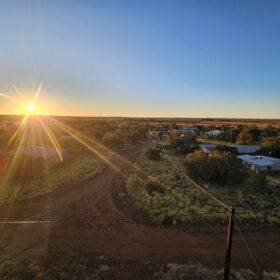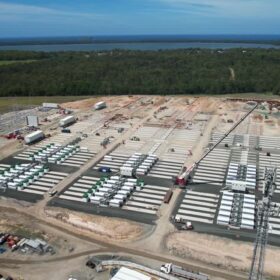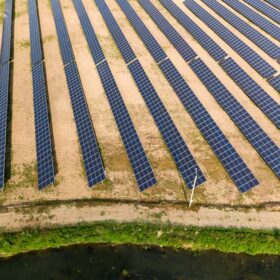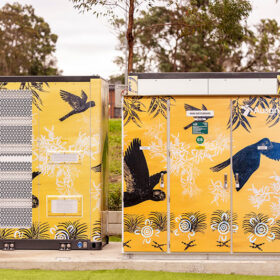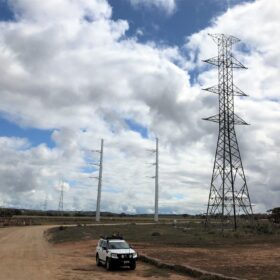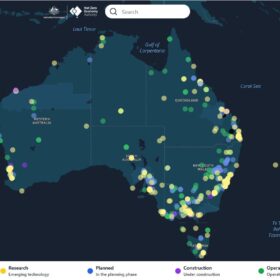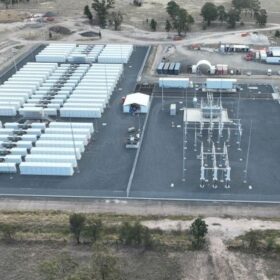NT community claims ‘Australian first’ with solar-powered microgrid
Residents in the remote Northern Territory community of Marlinja are preparing to power up what is being described as Australia’s first 100% First Nations-owned and grid-connected solar microgrid.
Stationary energy storage key priority in new national battery strategy
The Australian government has announced its new multi-billion-dollar National Battery Strategy aiming to boost the country’s domestic battery manufacturing capabilities and critical minerals processing capacity.
Renewables sector hauls two-year Eraring extension over the coals
The New South Wales government has confirmed the Eraring Power Station will remain open two years beyond its planned 2025 closure date, with the black coal-fired power plant to now remain in operation until August 2027, with the potential for a further extension until April 2029.
Bowen targets 20% market share with Solar Sunshot
Australian Energy Minister Chris Bowen believes the federal government’s $1 billion Solar Sunshot initiative could result in domestic manufacturing providing 20% of the nation’s PV panel needs by the end of the decade.
NSW awards new funding to accelerate 6.5 GWh of battery projects
Grid connections for four battery energy storage projects with a combined capacity of more than 6.5 GWh are to be fast-tracked by the New South Wales government as it seeks to ensure electricity reliability as coal-fired generation exits the system.
Federal government rejects Queensland solar project
The Australian government has knocked back a proposed 100 MW solar farm being developed amid coal-seam gas projects dotted across the Surat Basin in Queensland’s Western Downs region.
Ausgrid backs community battery to boost network stability
New South Wales distributed network provider Ausgrid has powered up its third battery energy storage system under the federal government’s $200 million Community Batteries for Household Solar program.
AEMC aims to plug gap with ring-fencing rule for grid connections
The Australian Energy Market Commission has published a new ring-fencing rule for transmission network companies as it seeks to boost competition for grid connection services and speed up the deployment of new solar, wind and battery projects.
Neara boss says network access issues remain after budget spend
The focus of the federal government’s $22.7 billion commitment to Australia’s clean energy future has been queried with concerns raised about the capacity of the nation’s electricity network to support the shift from fossil fuel generation to renewables.
Budget tips $22.7 billion into Future Made in Australia initiative
The federal government will invest $22.7 billion in its Future Made in Australia initiative over the next decade to maximise the economic and industrial benefits of the international shift to net zero and support Australia to become a renewable energy superpower.
